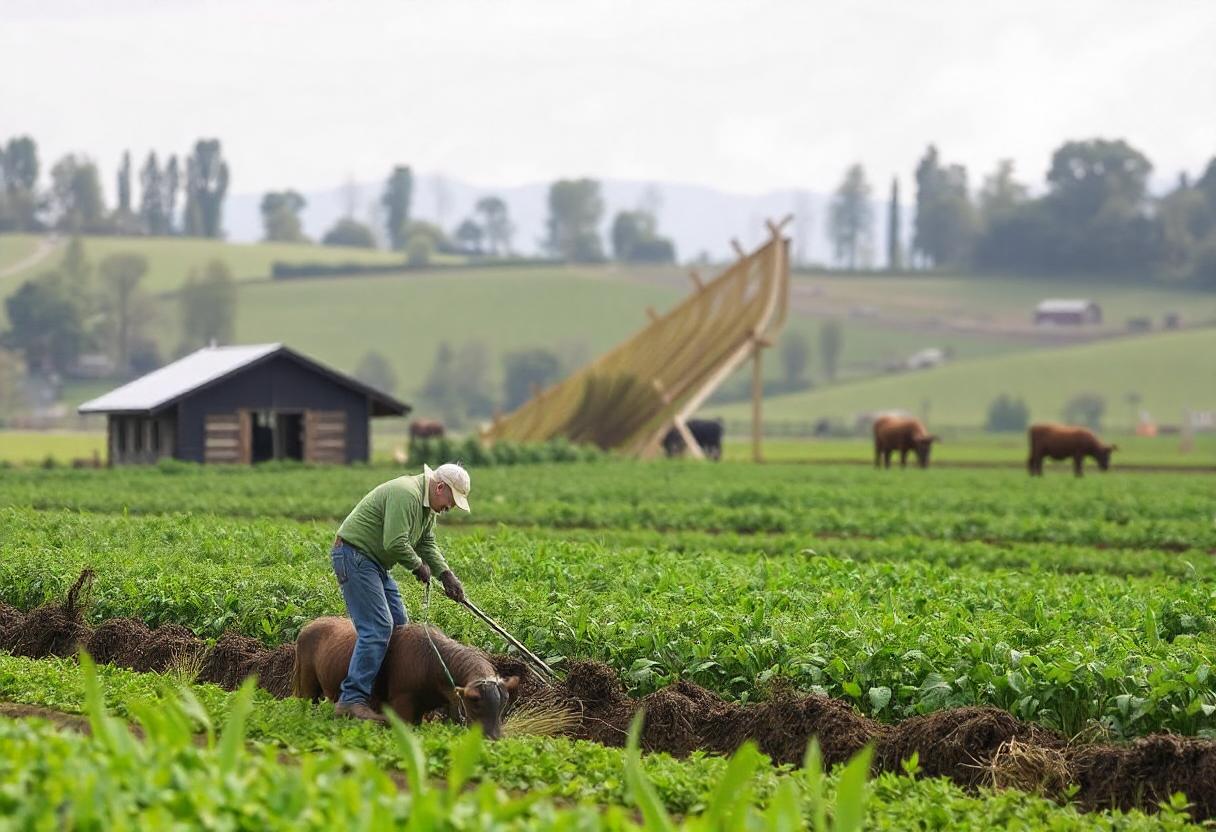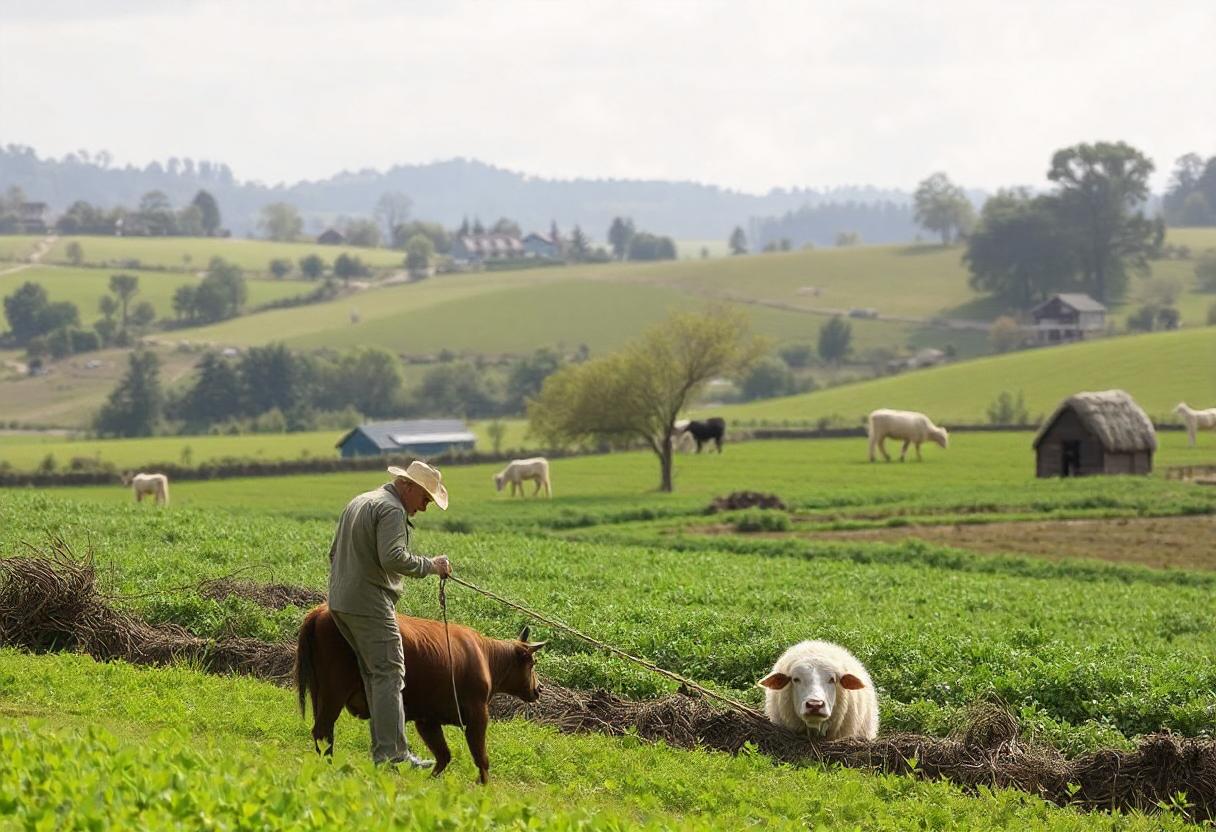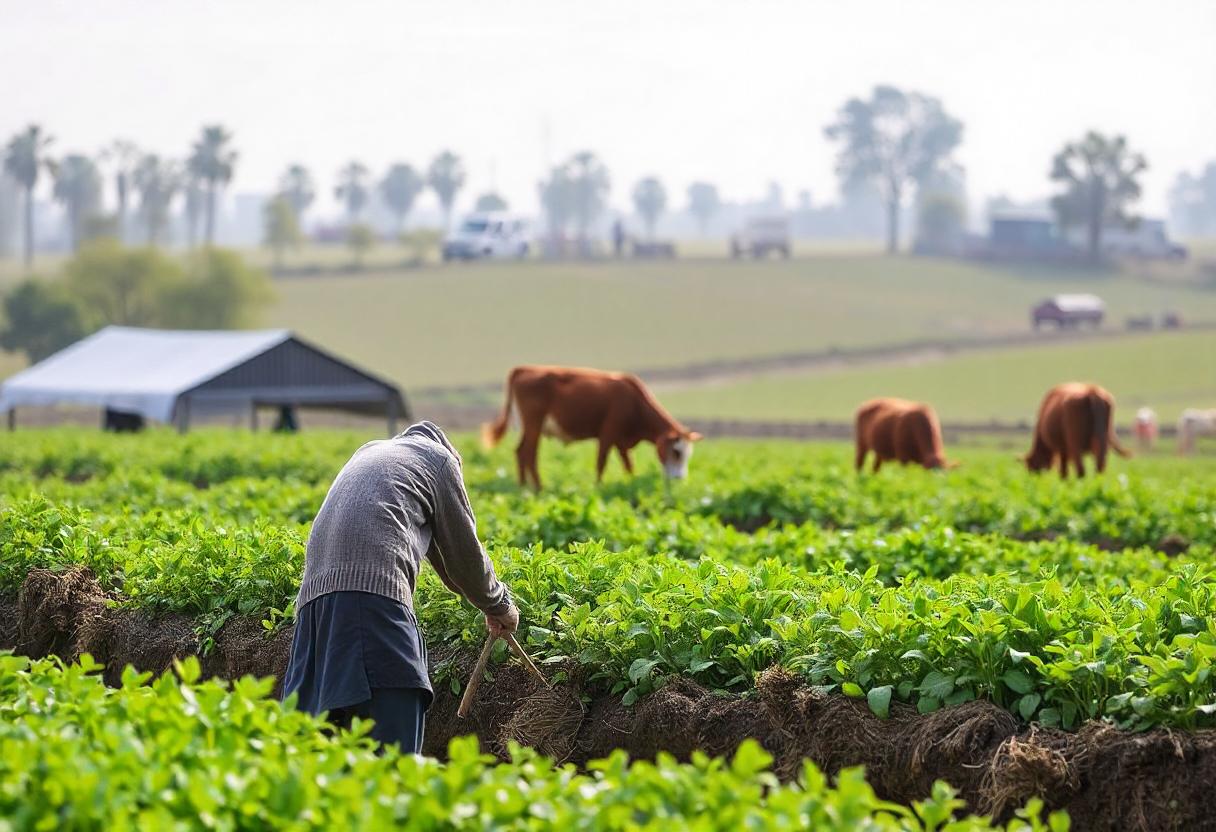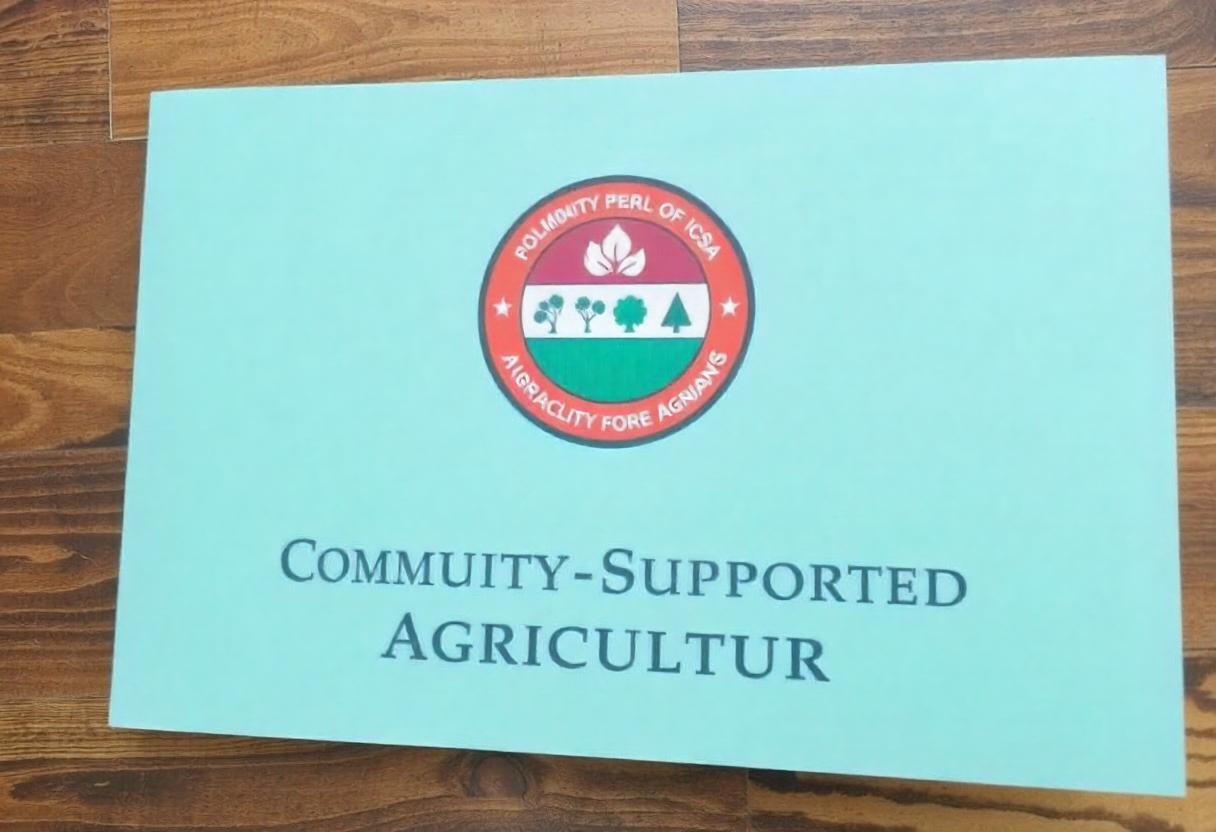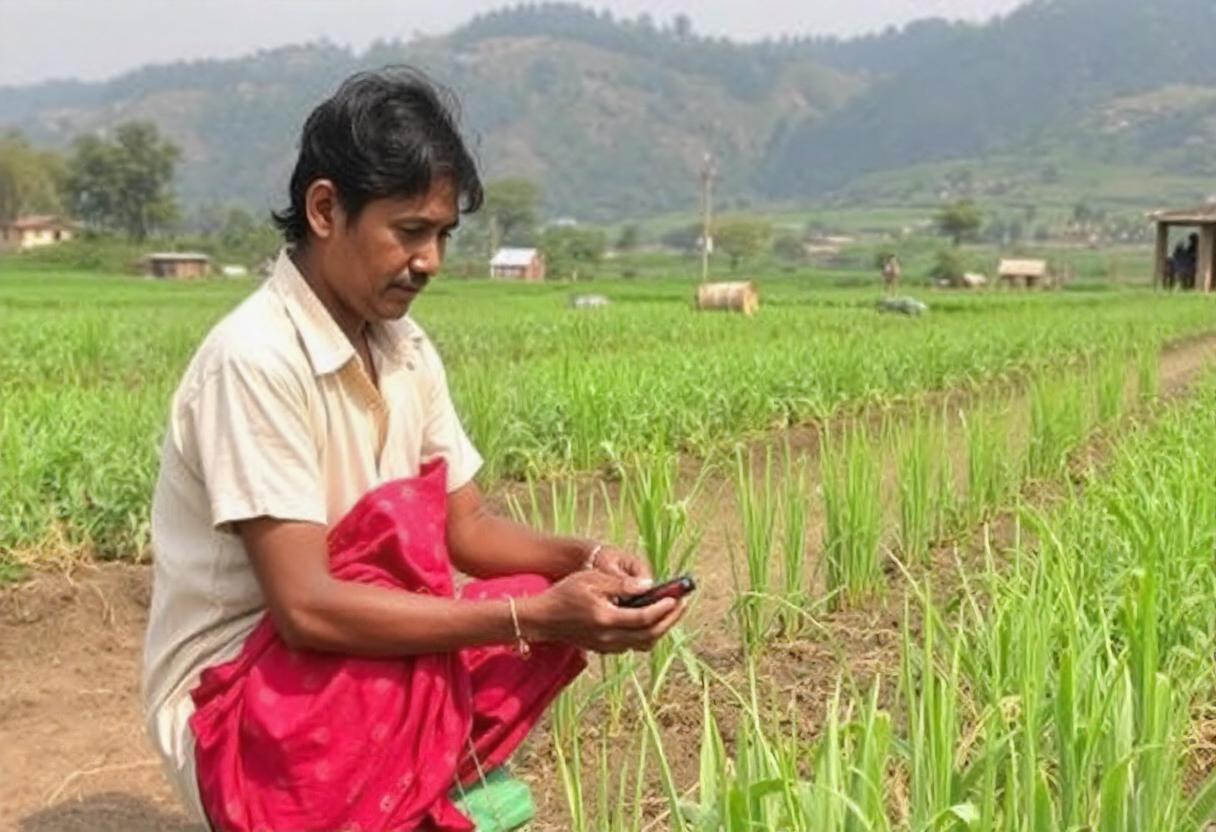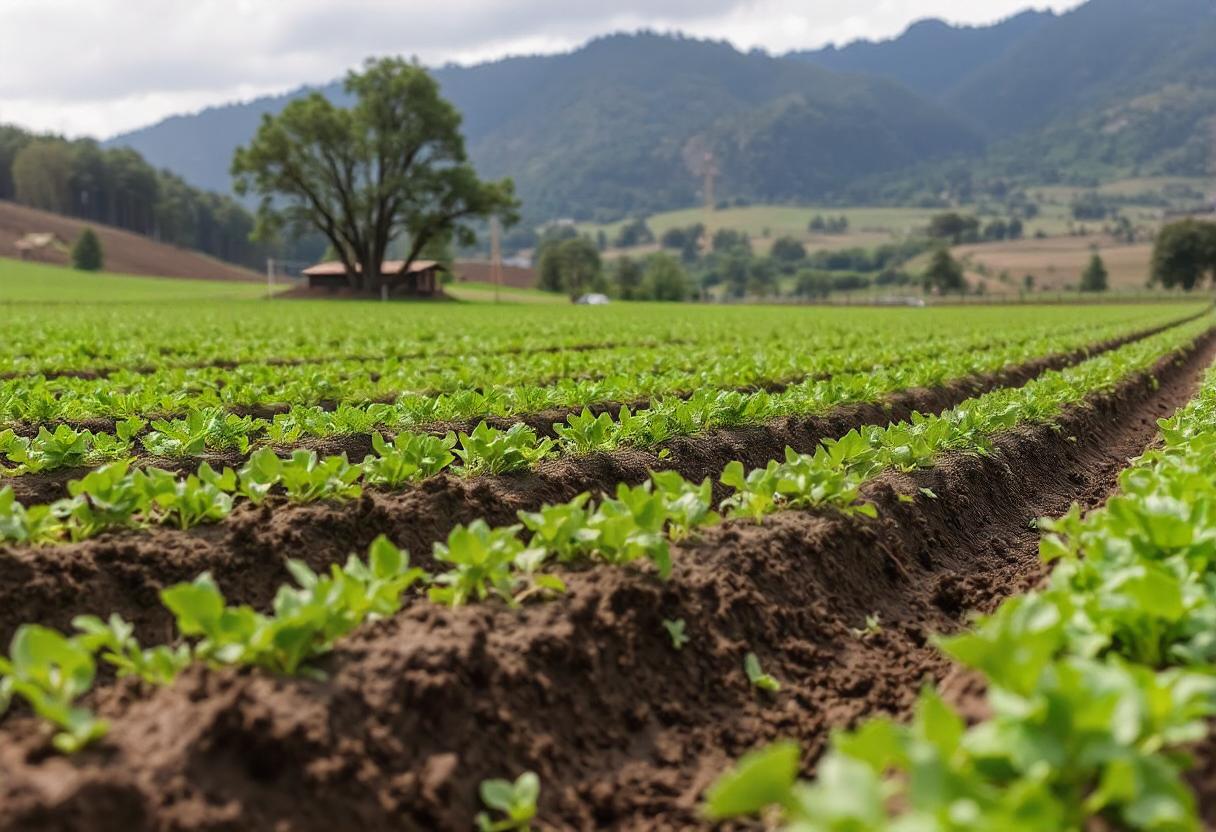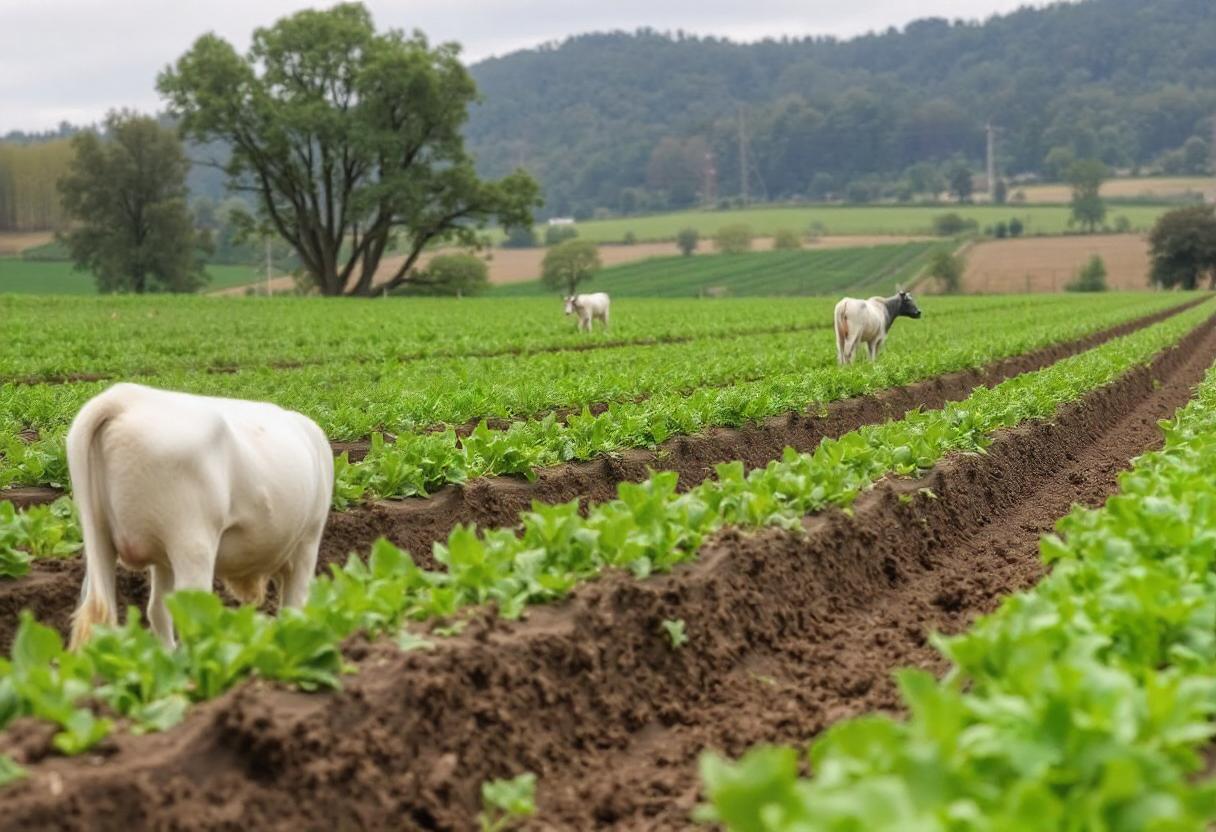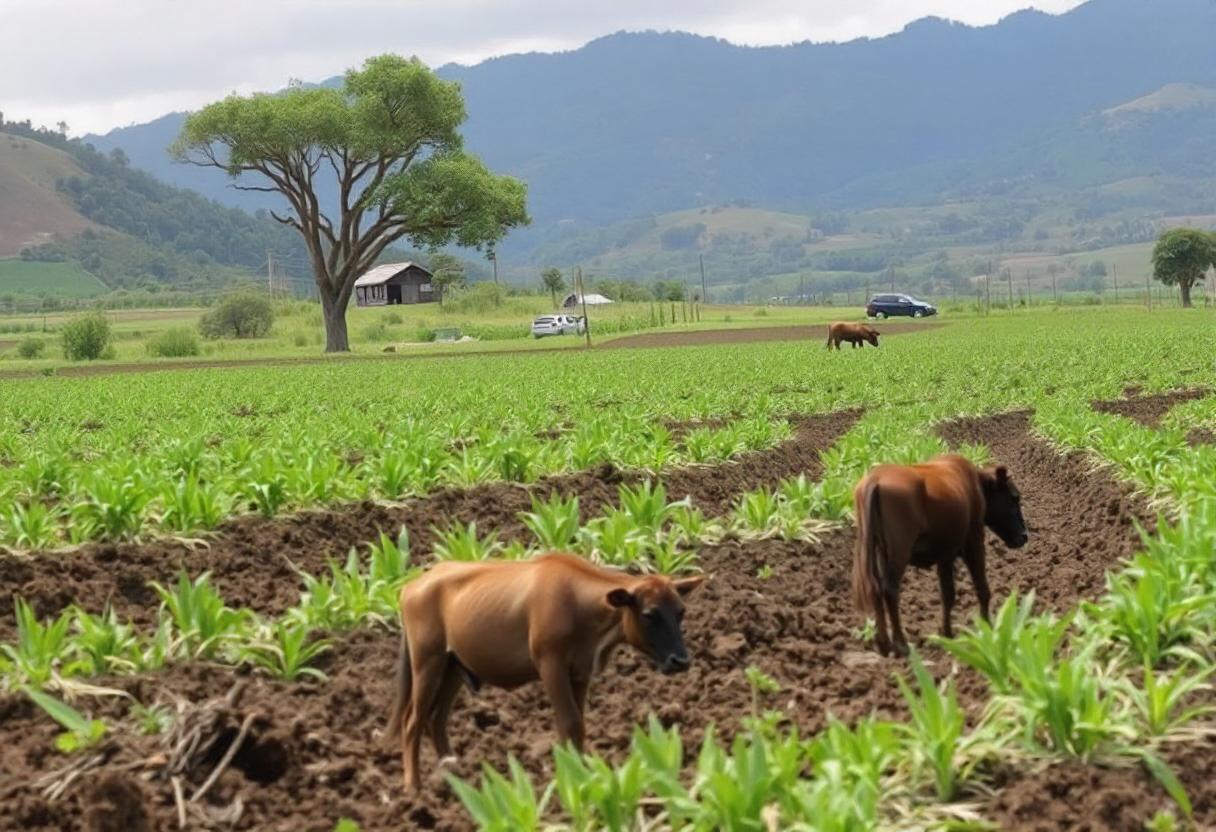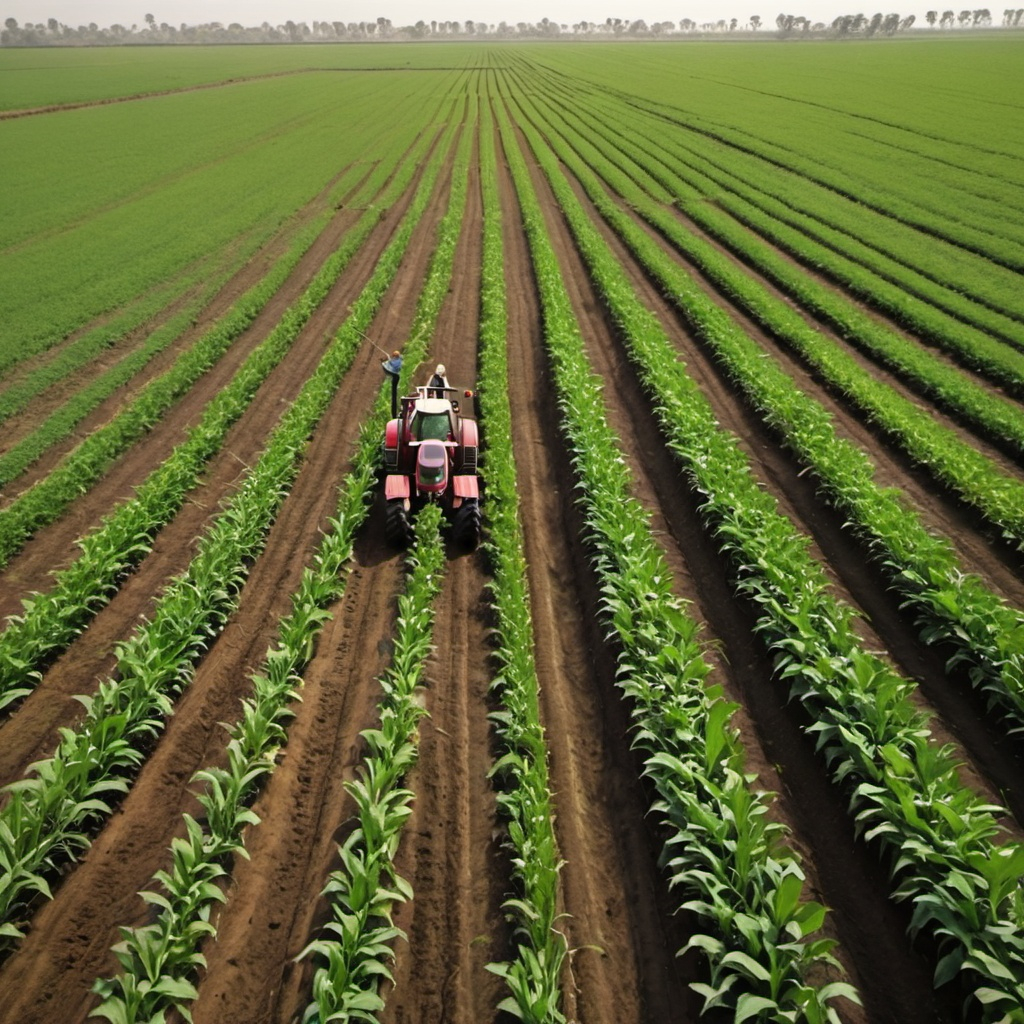Types Of Farming:
Farming is a cornerstone of human civilization and an essential component of the global food system. Over time, diverse agricultural practices have emerged to address various environmental, economic, and social needs. This article explores the major types of farming, their methods, benefits, and challenges. 1. Subsistence
Learn MoreThe History Of Farming: From Ancient Beginnings To Modern Agriculture
Farming, or agriculture, is a practice as old as human civilization itself. It has shaped the development of societies, economies, and environments throughout history. The evolution of farming reflects humanity’s journey from a nomadic existence to complex societies, showcasing innovation, adaptation, and resilience. 1. The Beginnings:
Learn MoreFarming: Understanding The Backbone Of Agriculture
Farming, a fundamental aspect of human civilization, is the practice of cultivating crops and rearing animals for food, fiber, medicinal plants, and other products used to sustain and enhance life. It is the bedrock of agriculture, a sector that has evolved from subsistence farming to modern
Learn MoreCommunity-Supported Agriculture (CSA)
Community-Supported Agriculture (CSA) is a model of food production and distribution that directly connects farmers with consumers. This system fosters local food networks by offering a subscription-like service where consumers receive regular deliveries or pickups of fresh, seasonal produce from a nearby farm. The Origins of
Learn MoreAlternative Protein Sources (Insect Farming, Plant-Based Proteins)
As the global population continues to grow, there is an increasing demand for sustainable and alternative protein sources. Traditional animal farming has raised concerns regarding its environmental impact, land use, and overall sustainability. This has led to the exploration of various protein alternatives, including insect farming
Learn MoreAgriculture And Rural Poverty Alleviation
Agriculture has long been seen as a key tool for reducing poverty in rural areas. It not only provides food and employment but also serves as the foundation for economic development in many regions. In many developing countries, agriculture is a primary source of livelihood, and
Learn MoreCarbon Sequestration In Agriculture
Carbon sequestration in agriculture refers to the process of capturing and storing atmospheric carbon dioxide (CO2) in soil, plants, and other agricultural ecosystems. This practice helps mitigate climate change by reducing the amount of CO2 in the atmosphere. Agriculture plays a critical role in global carbon
Learn MoreNutrient Management In Agriculture
Nutrient management is a critical component of sustainable agriculture, ensuring that crops receive the right amount and type of nutrients for optimal growth while minimizing environmental impacts. The practice involves balancing the input of nutrients with crop needs and environmental considerations, promoting healthy soil, efficient use
Learn MoreAgriculture And Biodiversity Loss
Understanding Biodiversity in Agriculture Biodiversity refers to the variety of life forms in a particular habitat or ecosystem, including plants, animals, fungi, and microorganisms. In agriculture, biodiversity encompasses the diversity within and between species of crops, livestock, and other organisms that contribute to agricultural systems. It
Learn MoreAgriculture
Agriculture is the practice of cultivating soil, growing crops, and raising animals to produce food, fiber, medicinal plants, and other products essential for sustaining human life. As one of the oldest and most fundamental human activities, agriculture has evolved from simple subsistence farming to complex, technology-driven
Learn More